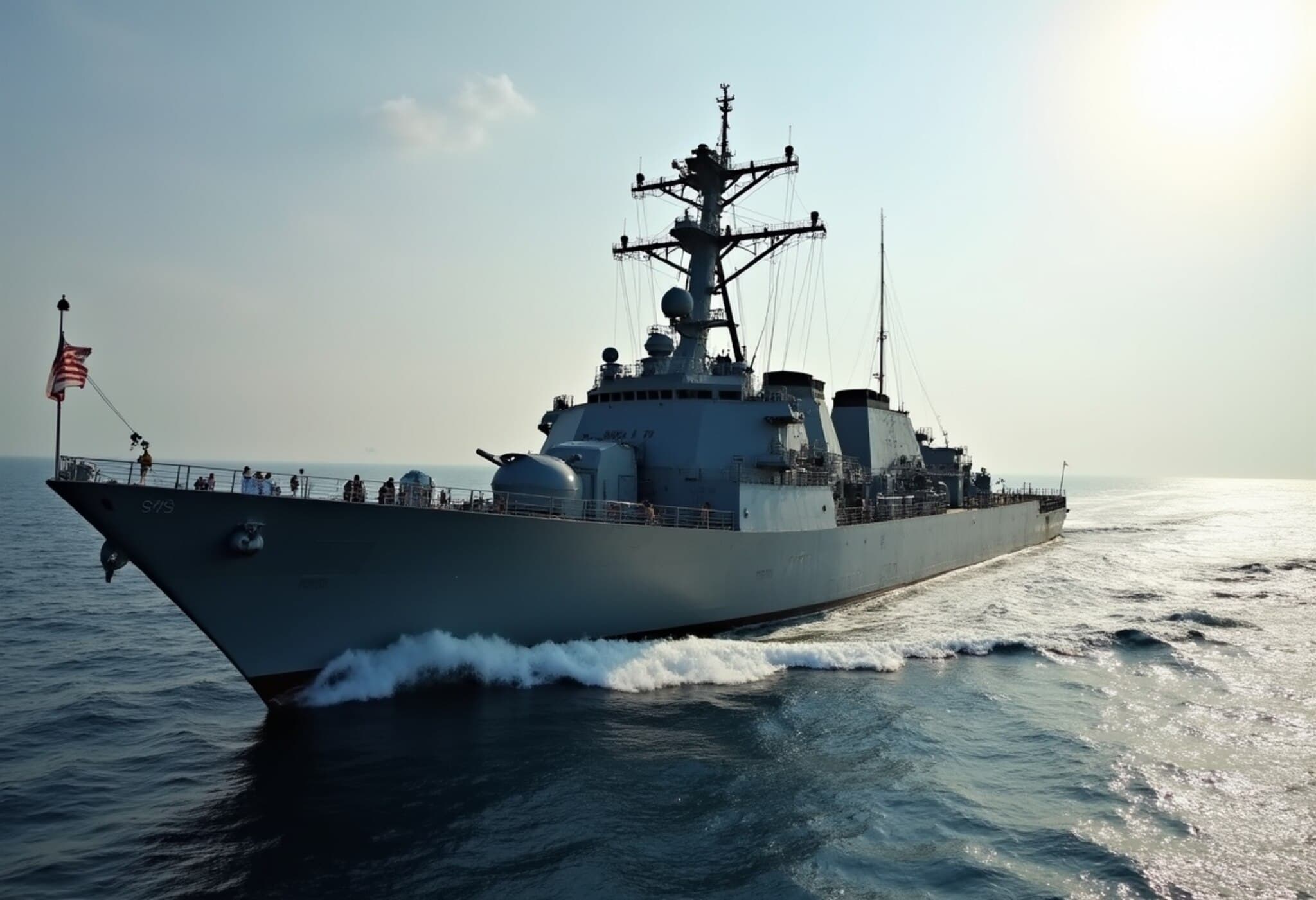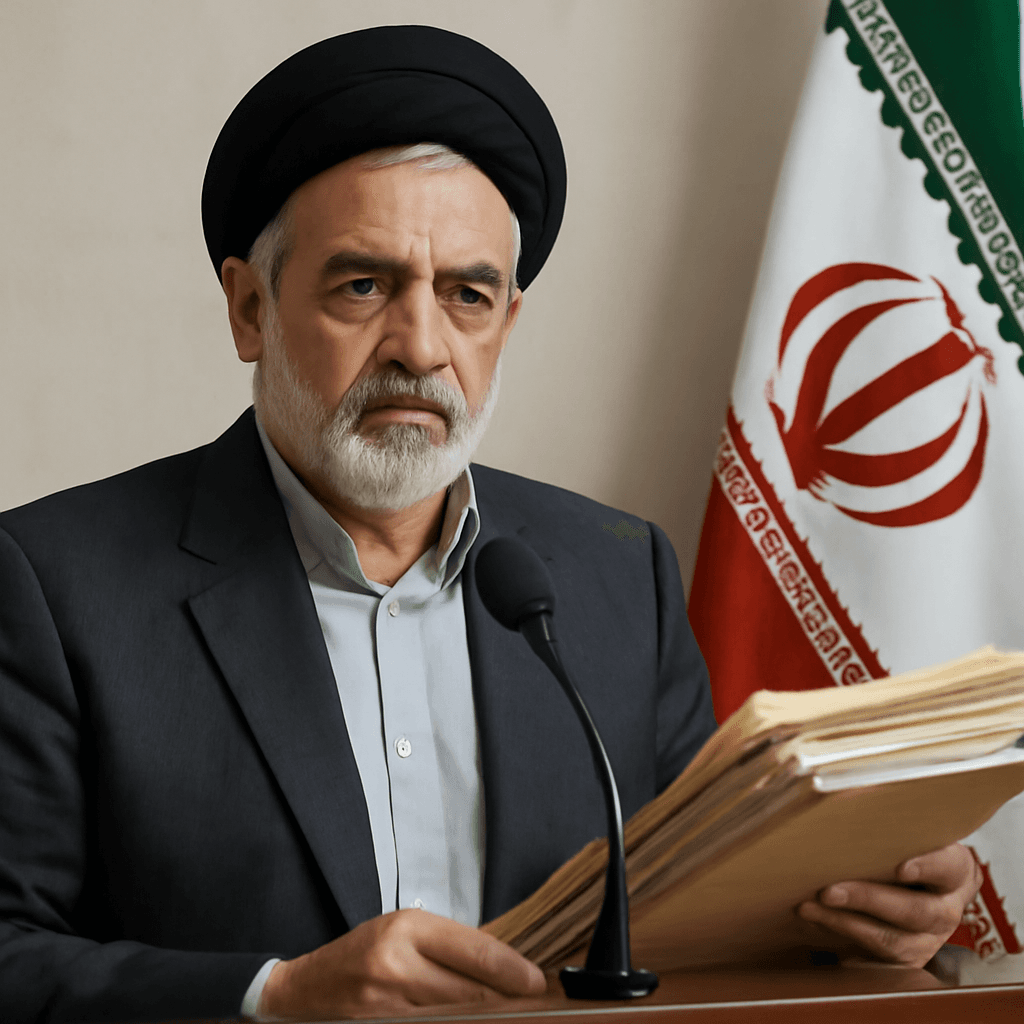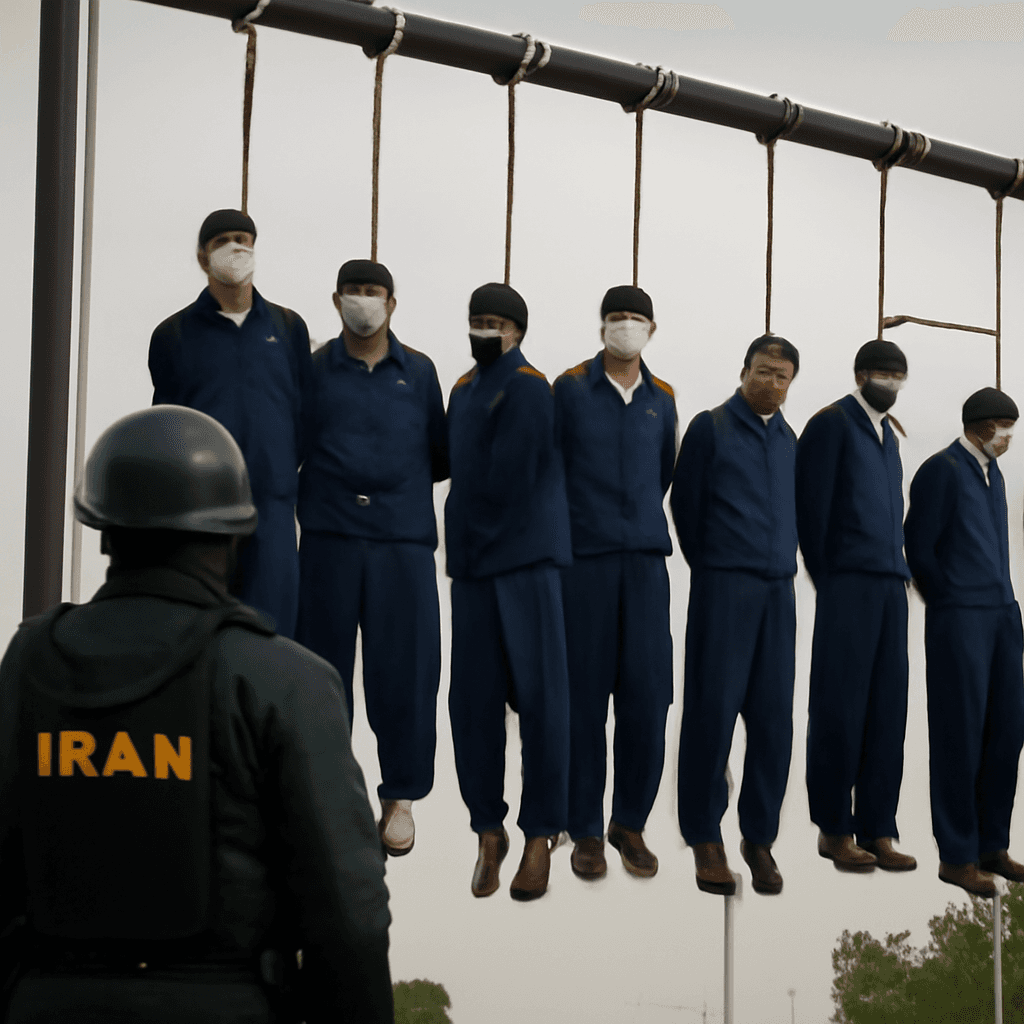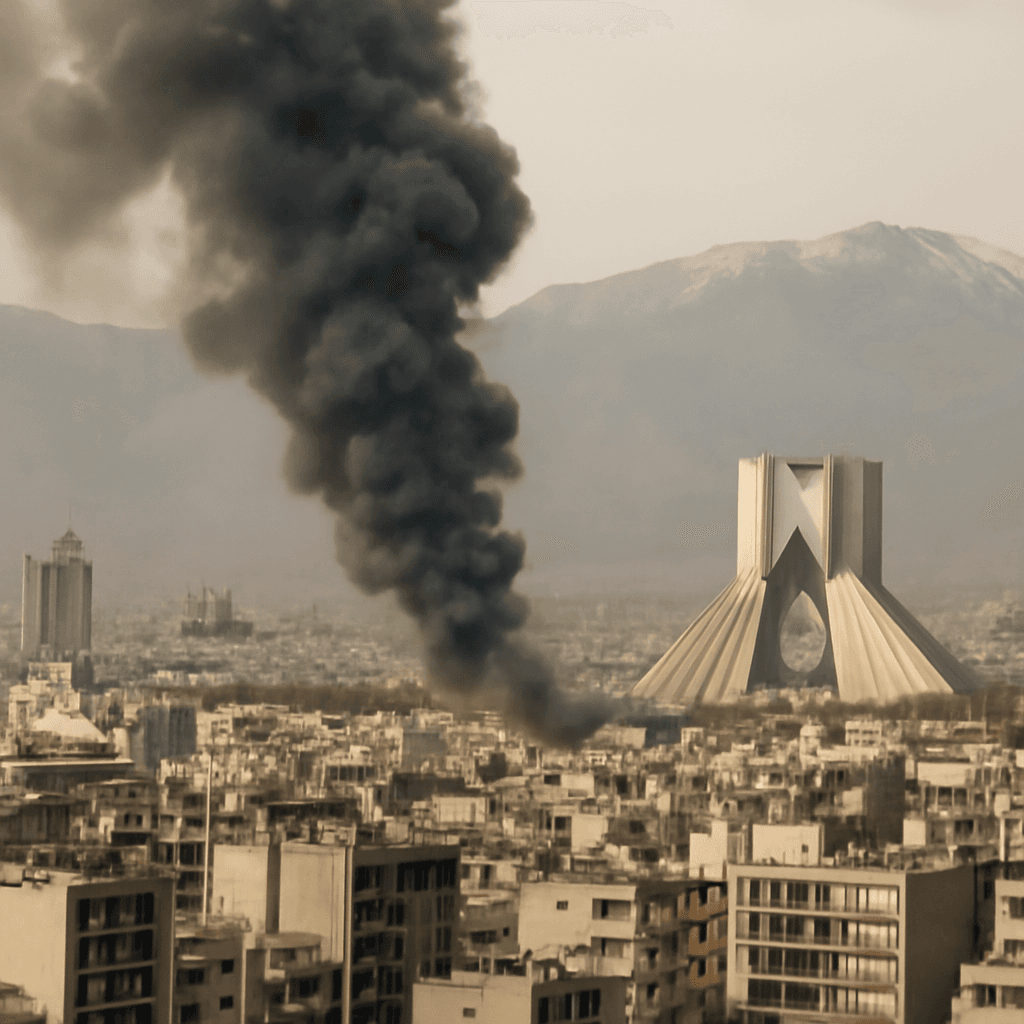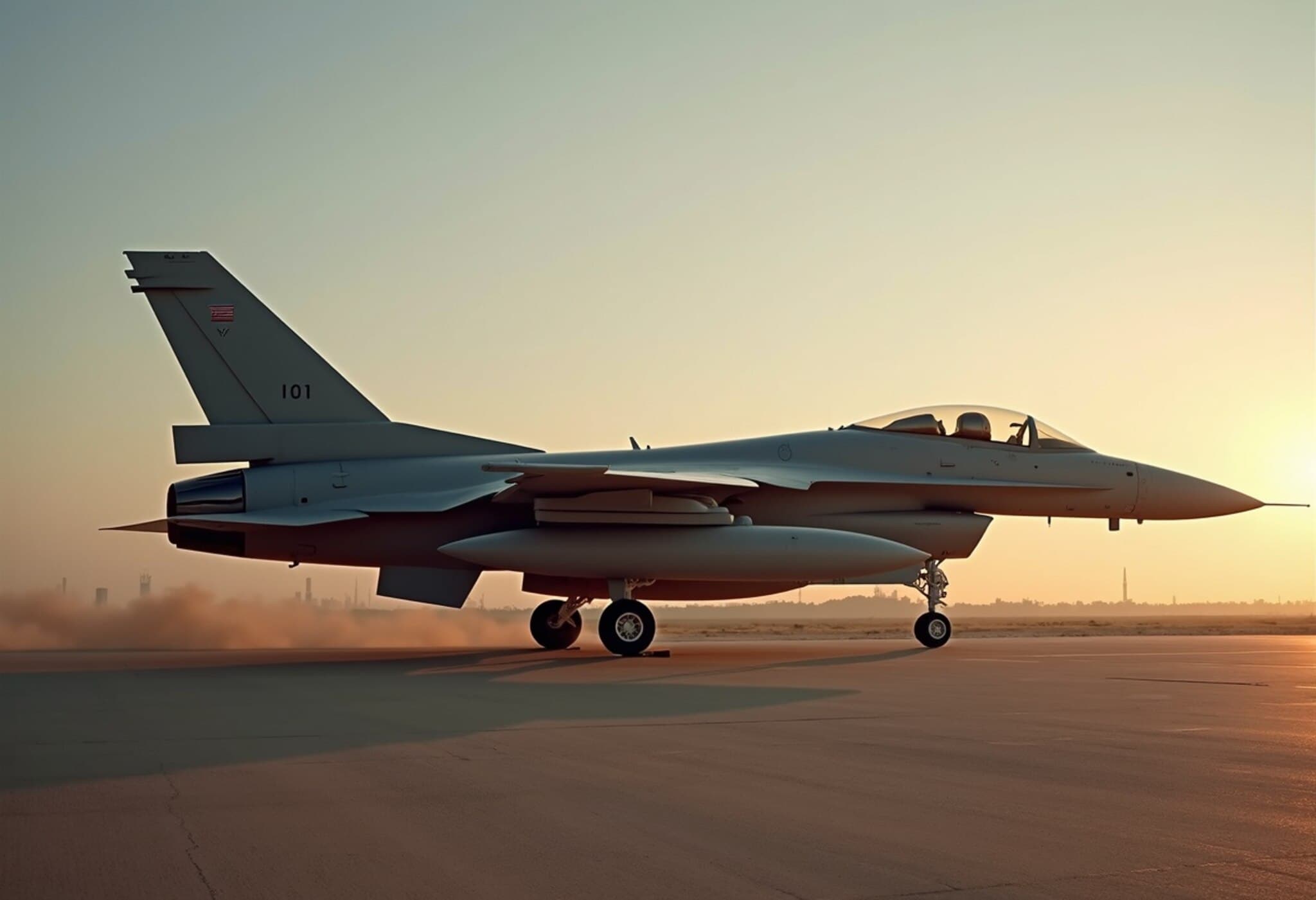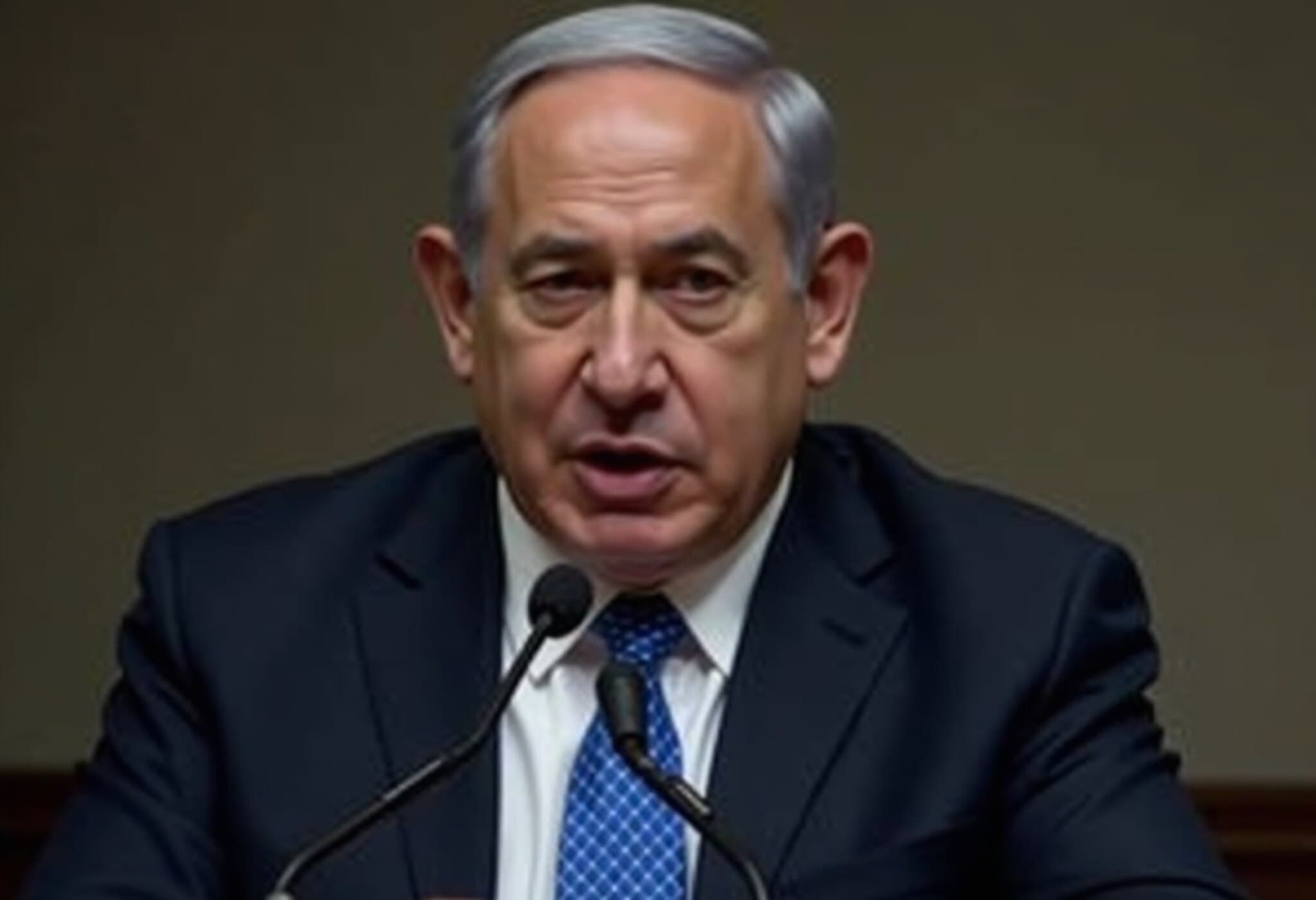Iranian Forces Confront US Destroyer in a Tense Gulf of Oman Standoff
In a stark display of the escalating tensions in the Middle East, Iranian military forces reportedly compelled a US Navy destroyer to withdraw from waters near their southern coast in the Gulf of Oman on Wednesday. The incident, confirmed by Iran’s state television and cited by AFP, highlights the volatile nature of interactions between Tehran and Washington less than a month after American airstrikes targeted Iranian positions during the ongoing conflict involving Israel.
The Incident: A Close Military Encounter
According to Iranian state media, the USS Fitzgerald, a US Navy destroyer, attempted to navigate close to Iranian-controlled waters at around 10:00 AM local time (0630 GMT). An Iranian army helicopter then flew over the vessel as a warning. The Tehran broadcaster reported that the US ship issued what it described as “threatening signals,” but the Iranian helicopter pilot maintained a firm stance, prompting warnings for the destroyer to alter its course from the Iranian military.
The Iranian forces urged the USS Fitzgerald to redirect southward, a maneuver that the US vessel ultimately undertook, effectively retreating from the contested area. The US Navy has yet to provide an immediate public statement on the encounter.
Contextualizing the Standoff: History and Regional Implications
This confrontation is not an isolated incident. Iranian and American naval forces have a history of tense encounters in strategic waterways such as the Gulf of Oman and the Strait of Hormuz. For instance, in 2023, Iran claimed it forced a US submarine to surface while transiting the Strait — a claim strongly disputed by the United States.
With the Gulf of Oman being a critical corridor for global oil shipments, any military escalation here risks far-reaching economic and geopolitical fallout. The current incident unfolds amid fragile relations bolstered by recent US strikes on Iranian nuclear infrastructure on June 22. Tehran described the damage as “serious and severe” but affirmed its continuation of uranium enrichment activities despite international pressure.
Expert Insight: Navigating a Precarious Balance
Experts note that such naval face-offs serve multiple purposes: demonstrating resolve, testing adversaries’ responses, and securing strategic leverage. Dr. Elaine Thompson, a Middle East specialist at the Atlantic Council, suggests, “Iran’s assertive posture is a calibrated signal aimed at reaffirming sovereignty while deterring further US military incursions, especially as regional power dynamics remain unsettled due to the Israel-Iran conflict.”
Moreover, American naval responses tend to emphasize freedom of navigation rights, complicating prospects for de-escalation. Analysts warn that miscalculations in these confined and contested waters could rapidly escalate into a broader military conflict with global implications.
What Lies Ahead: Questions and Regional Stability
- Will this incident prompt renewed diplomatic efforts or harden stances between Washington and Tehran?
- How might escalating naval confrontations impact global oil markets and economic stability?
- What role will international actors play in mediating or exacerbating regional tensions?
As the Middle East remains a geopolitical tinderbox, the recent Gulf of Oman incident underscores the urgent need for careful navigation—both literally and diplomatically—to prevent missteps that could have devastating consequences far beyond the region.
Editor’s Note
This episode in the Gulf of Oman reveals more than a mere military skirmish; it is emblematic of broader strategic rivalries and the fragile equilibrium governing Middle Eastern security. Readers might consider how such regional flashpoints intersect with global economic interests and diplomatic networks. The challenge lies in balancing national security imperatives with the imperative to avoid unintended escalation, an ongoing test for policymakers on all sides.

